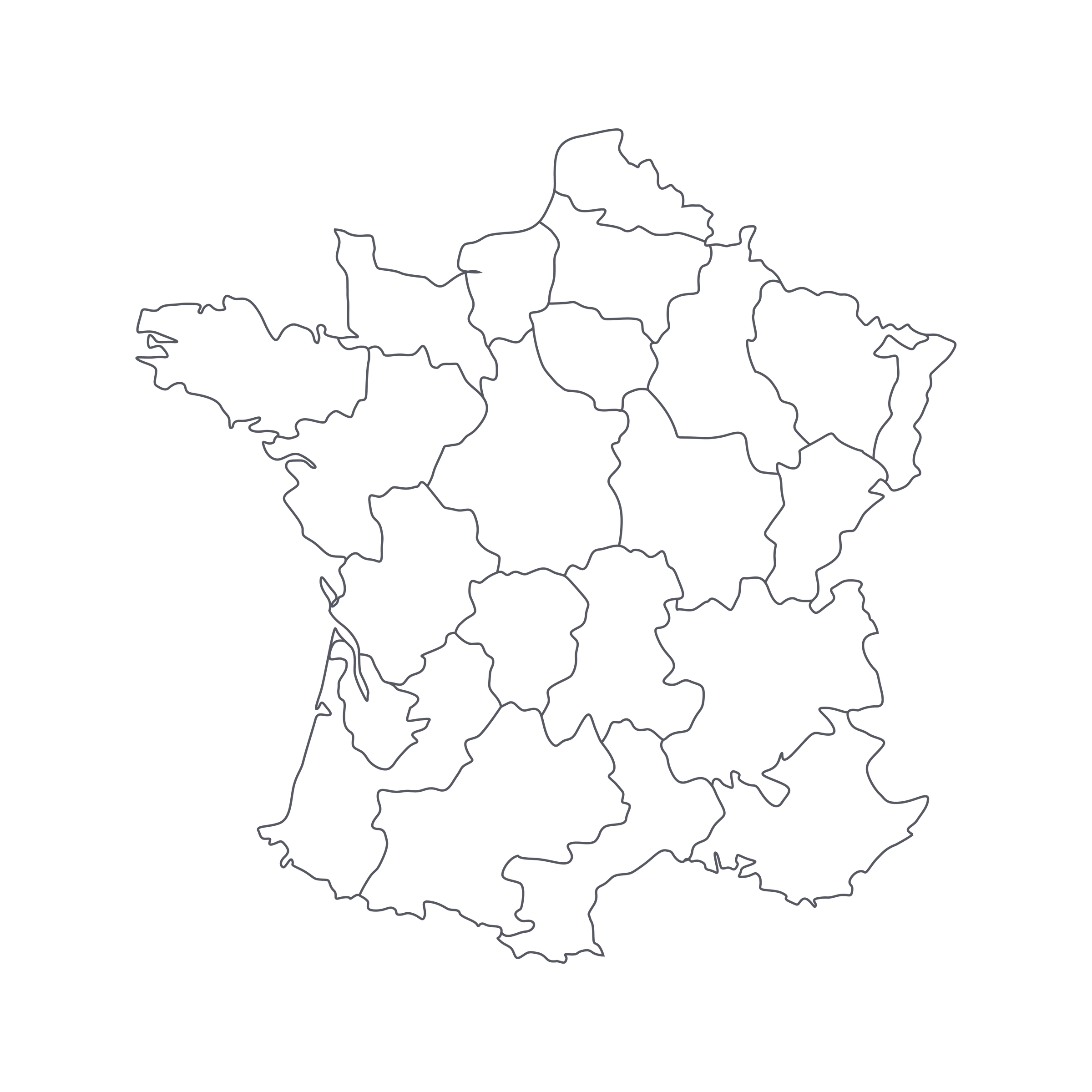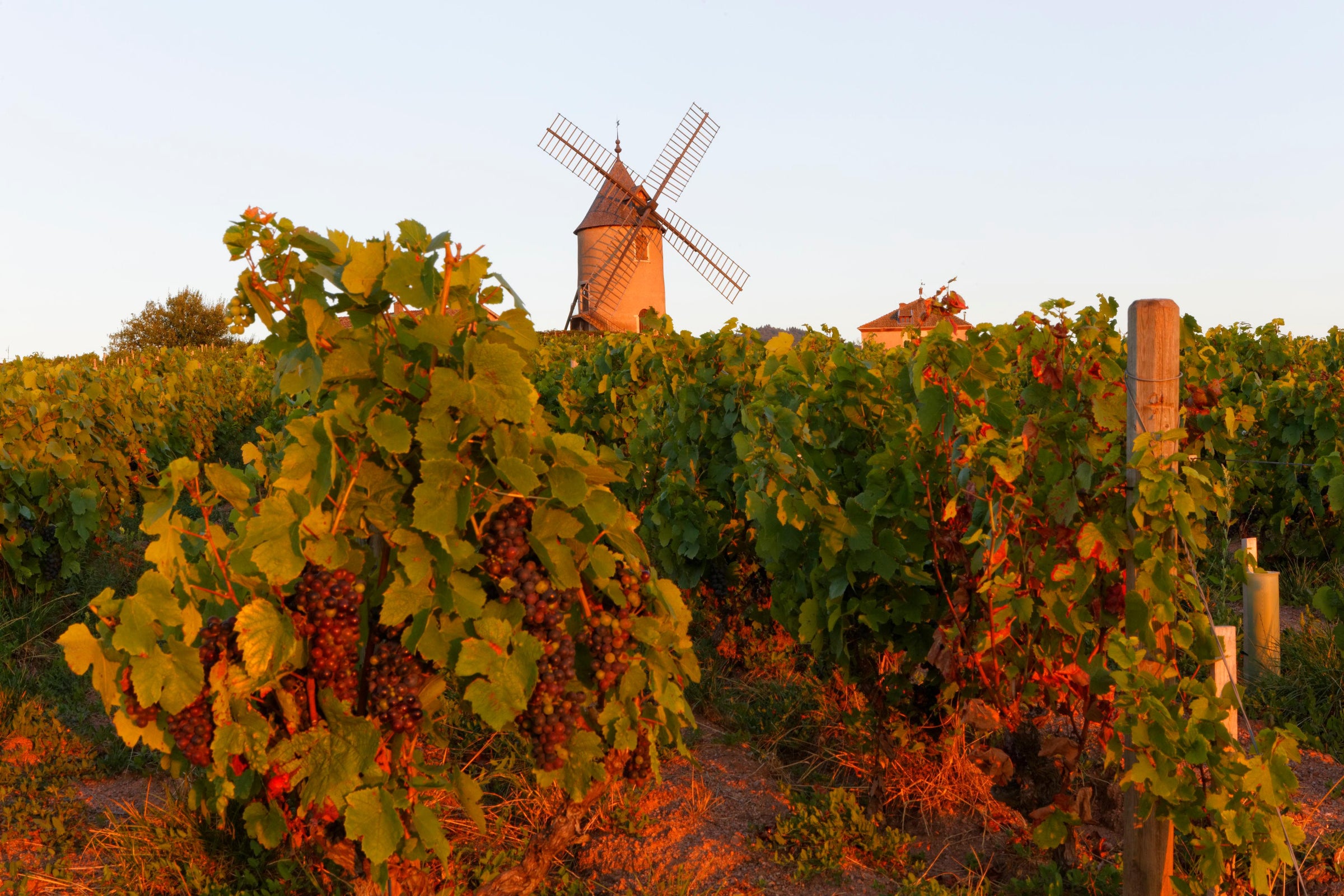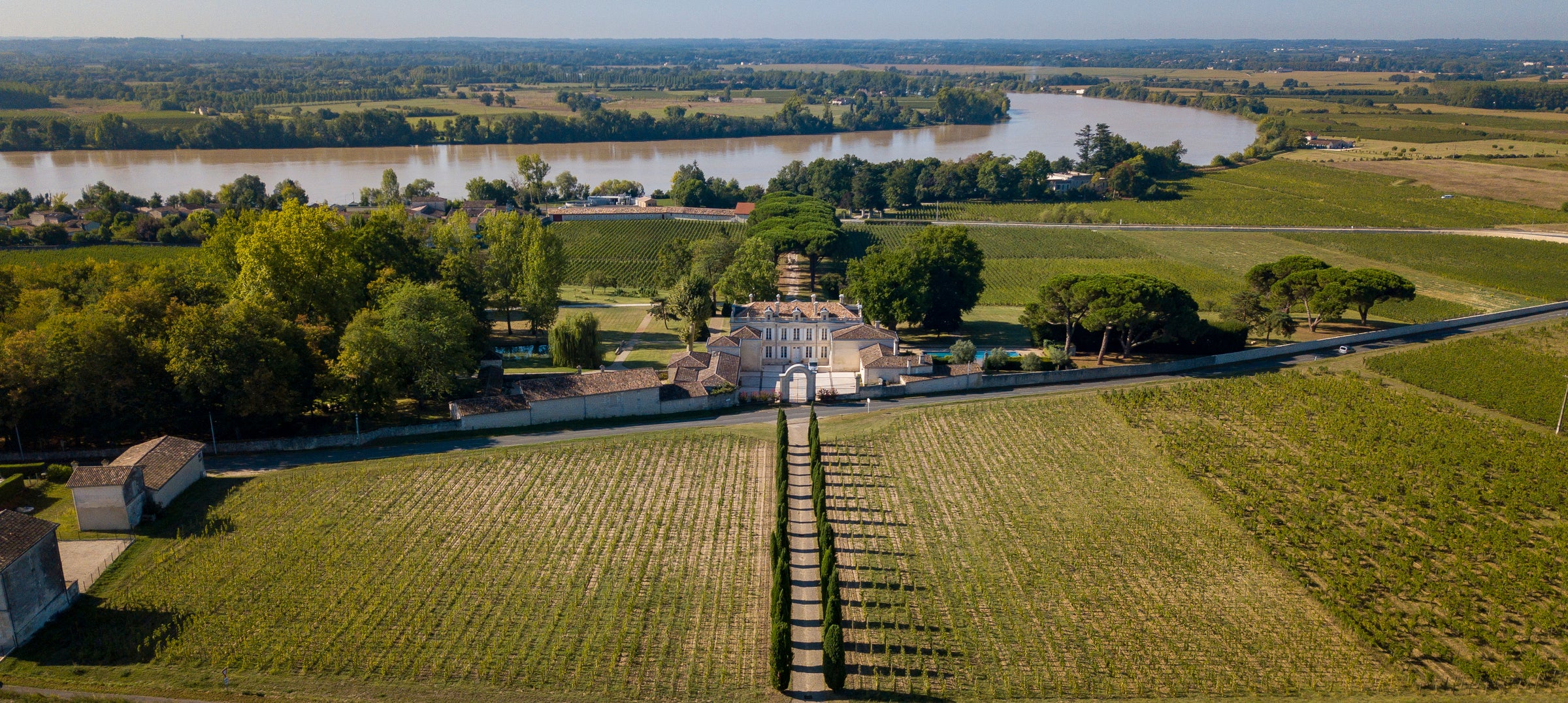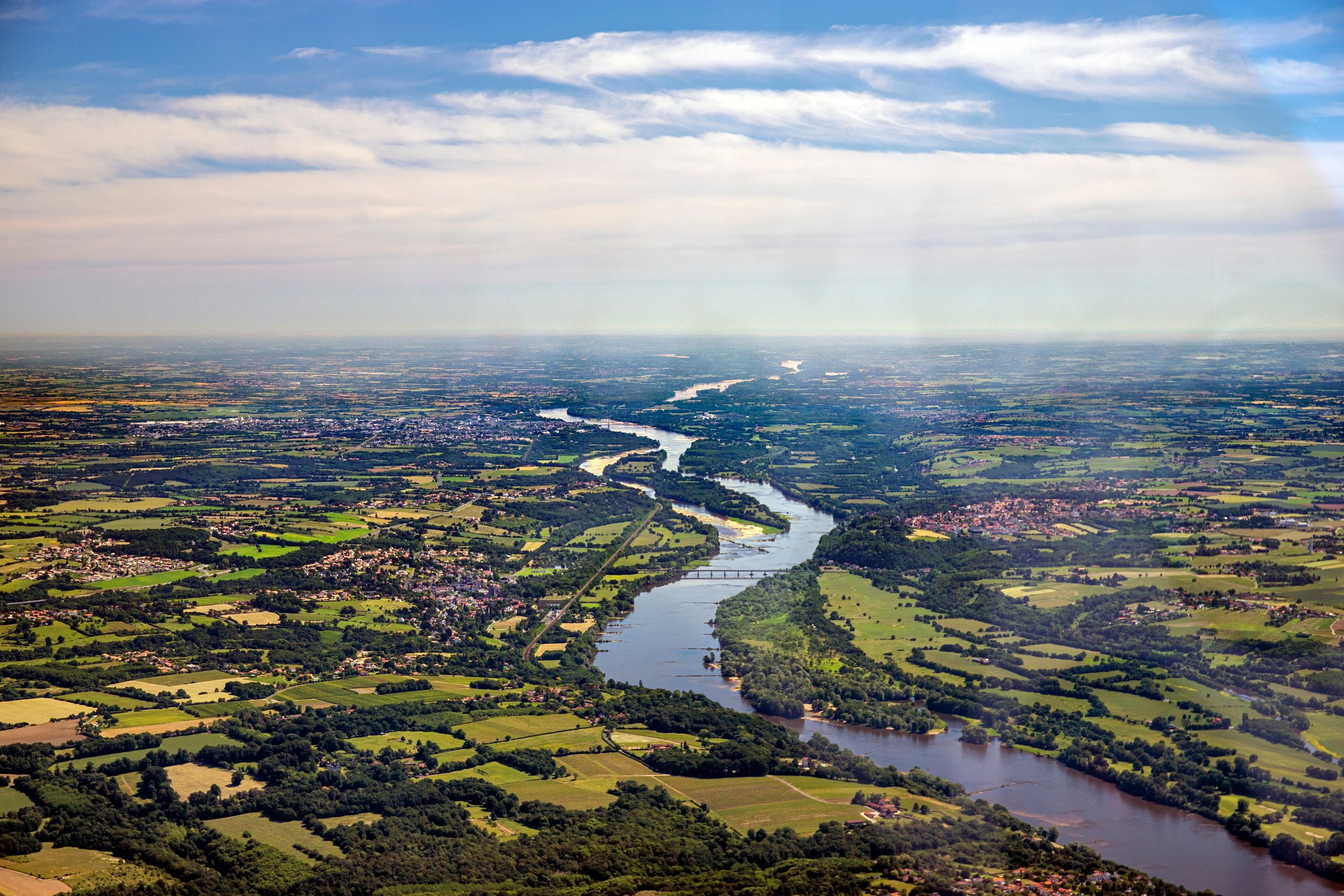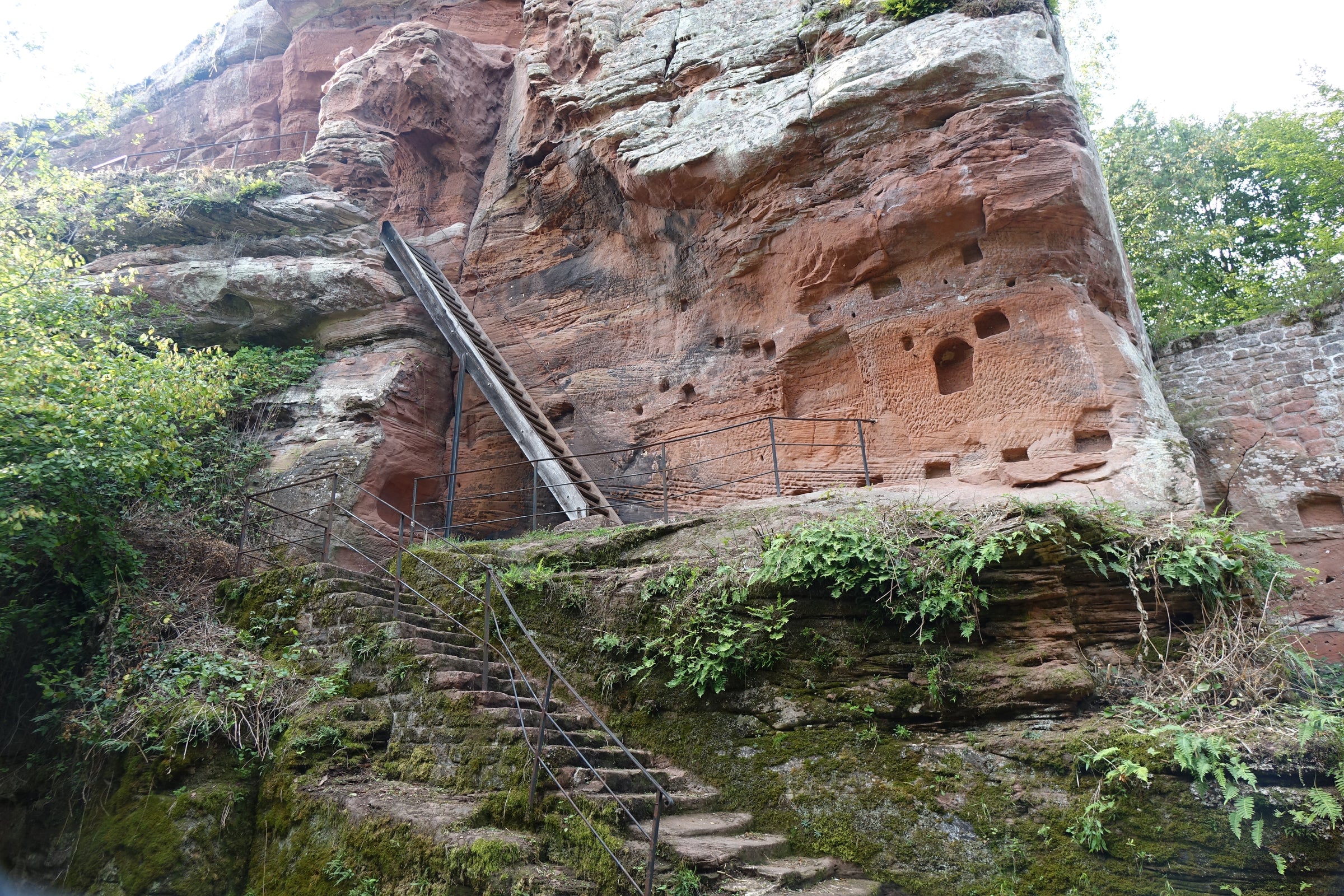If you received this email, it means you’re one of our very top Burgundy customers—so let me start this offer with a big Thank You. Finding, tasting, and subsequently offering wines like today’s is the romantic side of this job, for sure. And if you opened this email, you know you’re about to hear a very familiar story: Yes, we are once again blessed with a few cases of back-vintage brilliance from legendary Burgundy négociant Remoissenet.
Today’s wine is from one of the greatest red Burgundy vintages ever; from one of Chambolle-Musigny’s most sought-after Premier Crus; and from perfect, undisturbed storage in Remoissenet’s extensive caves underneath the city of Beaune. These aren’t just “back-vintage” wines; these are perfectly preserved pieces of Burgundy history, hand-selected by Remoissenet’s cellar master, Bernard Répolt. Today’s ’78 was perhaps the most thrilling of the many aged treasures we tasted with Répolt last March: It possessed more youthful energy and concentration than I was expecting from a Burgundy of this age, which is a testament to its provenance. It’s now rested and ready for shipping, and I think you know the drill—we can only offer 2 bottles per customer until our stock runs out. It’s going to be tough to watch those cases go out the door!
I may not need to repeat the Remoissenet backstory at this point, but I will anyway: As neatly summarized in a
review by Burgundy writer Bill Nanson, the 2005 purchase of Remoissenet ushered in a new era at this historic firm, which was established in 1877 and is housed in a 14th-century stone edifice in the heart of Beaune. In addition to bringing in Répolt, who was previously at Louis Jadot, the new ownership team also added journalist-turned-GM Pierre-Antoine Rovani and winemaker Claudie Jobard, who’ve re-established the property as a quality leader primarily through investments in vineyards and farming (Remoissenet-owned vineyards are farmed biodynamically, and all contact growers are now more closely managed with an eye toward sustainability). They are, like many of their modern contemporaries, re-defining what it means to be a ‘négociant’ in Burgundy: Most people think of such producers a purchasing either grapes or wine from other growers and putting them out under their own label. But the best négociants of the modern era are much more hands-on than that, managing the process carefully at every step of the way by focusing heavily on sustainable farming and wines from estate-owned vineyards.
The other distinguishing feature of Remoissenet, of course, is its museum-quality collection of back-vintage bottlings, which, as Nanson notes, numbered around a million bottles dating back to the 1950s. We’ve seen them firsthand while strolling through the catacombs with Répolt—stacks of dusty “shiner” bottles, one with a miniature chalkboard hanging from its neck with the vintage and vineyard inscribed. For a wine geek, it’s more exciting than an amusement park ride—especially when you get to pull the cork on some of them and literally taste history.
Today’s 1978 is from Chambolle-Musigny’s “Les Charmes” Premier Cru, the largest (9.5 hectares) and perhaps most acclaimed Premier Cru site in the village. Situated about halfway between the Grand Crus Bonnes-Mares and Le Musigny, Charmes faces southeast and is gently sloping, resulting in great sun exposure; along with “Les Amoureuses,” this vineyard is hallowed ground for textbook Chambolle Pinot Noir: perfumed, lifted, silken-textured wines with profound depth but also finesse.
As I noted above, we were blown away by the freshness and vigor of Remoissenet’s ’78. In the glass, displays a medium garnet core moving to brick orange at the rim, offering up heady scents dried black cherry, black plum, citrus peel, leather, rose petals, damp forest, dried mushroom, beef broth, crushed stone, and warm spice. The fruit is still very much alive at age 40, and the texture is predictably silky; it really delivers the ‘full-body’ red Burgundy experience, complete with a long, ringing finish. It still has a few good years left, but it is really singing now, so find an occasion to open a bottle soon. I’d suggest you serve it from the bottle rather than decant it: Stand the bottle upright in a cool place the day before opening and pull the cork about 15 minutes before service at 60 degrees in Burgundy stems. If you pour slowly and gently, you should manage to avoid any intrusion of sediment until the very end. It is still physically sound enough to blossom and improve once opened, but your best results will come within the first 45 minutes. Pair its woodsy, mature flavors with the attached duck breast preparation—and toast your good fortune!


